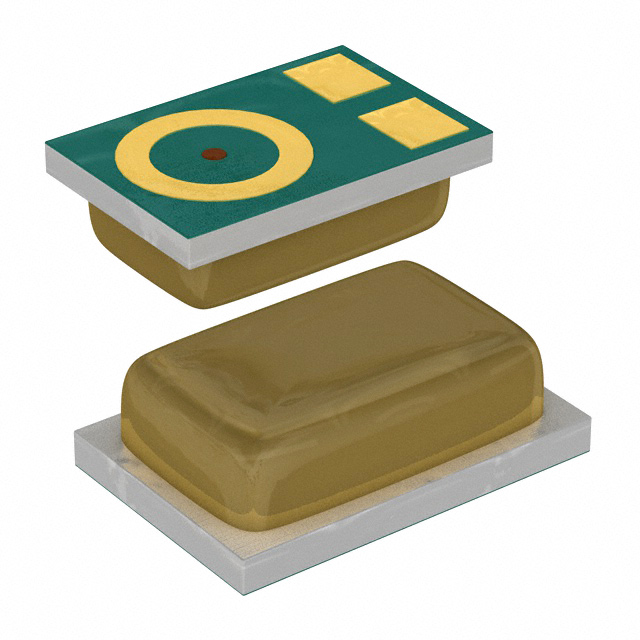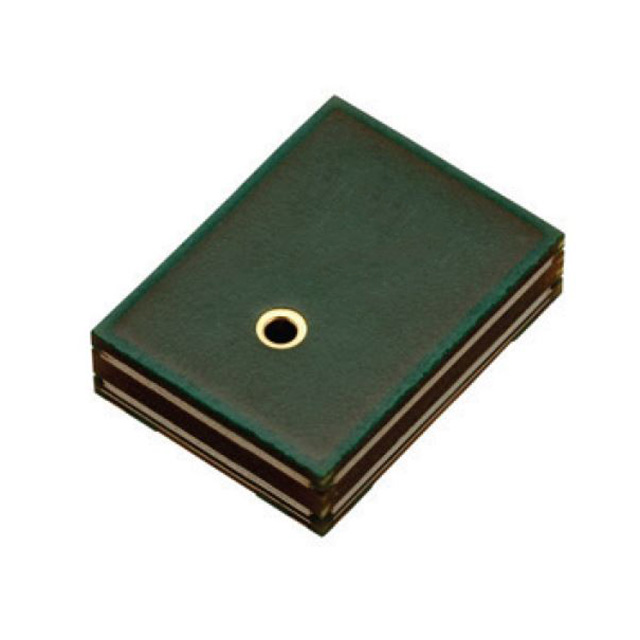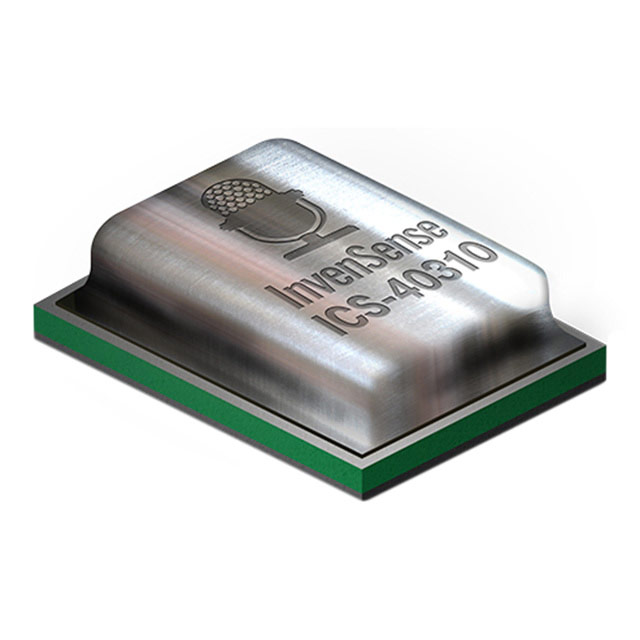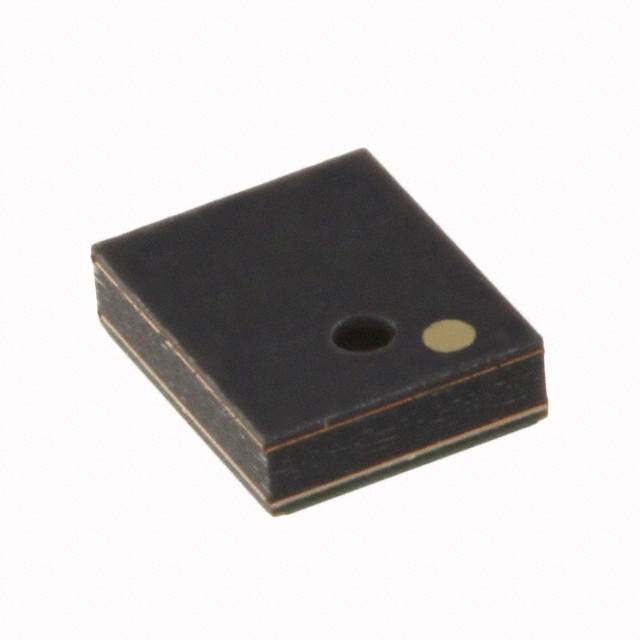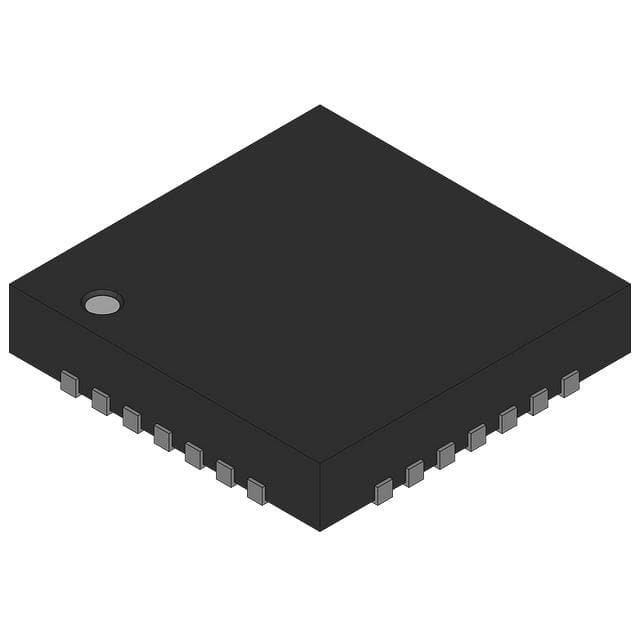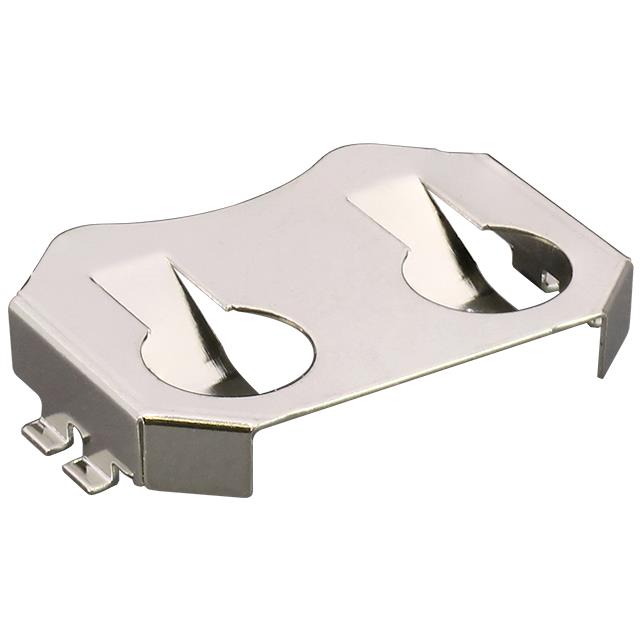How to precisely align the fiber end faces of fiber optic connectors?
Fiber optic connectors are the most basic optical passive devices in optical fiber communication systems. The most basic technical requirements of the system for fiber optic connectors include low insertion loss IL and high return loss RL, that is, as low reflection echo BR as possible. However, as the most widely used optical passive device, its cost and connection convenience are as important as technical indicators.

1. Precise alignment of optical fibers
The core diameter of single-mode optical fiber SMF is only about 8~10μm. In order to ensure low connection loss, the two optical fibers must be precisely aligned. From Figure 1.1, we can see the relationship between the connection loss and the lateral misalignment of the two optical fibers. The curve is an exponential relationship. A lateral misalignment as small as 2.4μm will produce a loss of 1dB. Therefore, for single-mode optical fiber connectors, the lateral misalignment between the two optical fibers should be less than 0.5μm.

Figure 1.1 Relationship between connection loss and fiber lateral misalignment
There are many types of fiber optic connectors, but the precise alignment between optical fibers depends on two factors. One is the ceramic ferrule with precise inner diameter, outer diameter and concentricity, and the other is the ceramic sleeve with slits. This ceramic sleeve is a very clever design. From Figure 1.2, we can see how two optical fibers are precisely aligned through a ceramic sleeve. The inner diameter of the ceramic sleeve is slightly smaller than the outer diameter of the ferrule. Because there is a slit on the sleeve, the ferrule can be inserted. The expanded sleeve clamps the two ferrules to achieve precise alignment.

Figure 1.2 Precision alignment between two optical fibers
Physical contact of the fiber end faces
However, precise alignment alone is far from enough for fiber optic connection. We know that light will reflect back at the interface between two different media. The refractive index of quartz optical fiber at 1.55μm is about 1.455, so the reflection echo BR of the fiber end face is 3.4%. Back-reflected light will affect the stability of the communication system, and each quartz glass-air interface will also introduce about 0.15dB of insertion loss. Therefore, each fiber connector will increase the loss by 0.3dB.
People usually coat the end face with an anti-reflection film to reduce the reflected echo, but the coating problem is not considered in the fiber connector. First, coating with an anti-reflection film will increase the cost of the connector; second, the fiber connection is not fixed, and repeated plugging and unplugging will damage the anti-reflection film. So can we coat the anti-reflection film on the fiber end face and keep the fiber end face from contacting? From Figure 1.3, we can see the relationship between the fiber joint loss and the longitudinal spacing between the two optical fibers. A gap as small as 50μm will introduce nearly 1dB of loss, which is intolerable in the fiber communication system.
Therefore, we have reached a consensus that the two optical fibers must be in contact and the fiber end face cannot be coated. The reflected echo occurs at the interface between two different media, and the air between the fiber end faces must be exhausted, so that the two fiber end faces reach physical contact (PC), like a fused medium. Since the optical fiber is fixed in the middle of the ceramic ferrule, any roughness on the ceramic surface will affect the physical contact between the optical fibers. In order to ensure physical contact between the optical fibers, the ferrule surface is usually ground into a spherical surface, and the optical fiber end face is located at the vertex of the sphere. This is the second clever design in the optical fiber connector. As shown in Figure 1.2, the ferrule is inserted into the sleeve. Under the action of pressure, the end face of the ferrule is deformed, and the deformation of the end face can ensure physical contact between the optical fibers. Since physical contact depends on the deformation of the end face, and ceramics are both wear-resistant and have a certain elasticity, this is why it is chosen as the ferrule material rather than glass.

Figure 1.3 Relationship between insertion loss and fiber spacing
Further reduce reflection echo
The physical contact between optical fibers can ensure low loss at the optical fiber splicing point, but the return loss RL can only reach 55dB. For some application fields that require higher RL, the end face of the optical fiber connector is ground to a certain angle, which is called bevel physical contact APC. The curve in Figure 1.4 shows the relationship between the increased RL and the angle of the fiber end face. The fiber end face is usually polished into an 8° bevel, and the RL can be increased by an additional 36dB. Therefore, the total RL of the APC connector is usually greater than 65dB.

Figure 1.4 Relationship between return loss RL and fiber end face angle
2. Technical standards for ensuring physical contact
We know that physical contact is crucial to ensuring low insertion loss and high return loss at the fiber connection point. The evolution of the fiber end face shape has gone through three types: PC, UPC and APC, as shown in Figure 1.5. All end faces are polished into spherical surfaces, among which the end face curvature radius of the UPC connector is smaller than that of the PC connector, while the end face of the APC connector is usually polished into an 8° bevel. The return losses that can be guaranteed by the three types of connectors, PC, UPC and APC, are 40dB, 55dB and 65dB, respectively.

Figure 1.5 Grinding type of fiber connector end face
Standards for three values of end face
The end face of the fiber jumper is required to be polished into a spherical surface, but the products manufactured by the actual production process cannot be perfect. Therefore, the end face shape is regulated in the technical standards, including the radius of curvature ROC, vertex offset and fiber height, as shown in Figure 1.6. Table 1 summarizes the relevant technical standards given by the IEC organization, where ROC should be of appropriate size (10~25mm for PC-type connectors and 5~15mm for APC-type connectors). If ROC is too large, it cannot produce enough deformation under pressure to ensure physical contact between optical fibers. If ROC is too small, it is easy to crush the optical fiber after repeated plugging and unplugging. Vertex offset refers to the offset between the vertex of the curved surface and the axis of the optical fiber. Figure 1.7 shows the effect of vertex offset on physical contact between optical fibers. If the vertex offset is too large, the deformation of the end face is enough to allow physical contact between optical fibers. Therefore, the technical standards require that the vertex offset of the optical fiber jumper is ≤50μm. The fiber height is the height of the fiber end face relative to the ferrule end face. The fiber end face may be protruding above the ferrule end face or recessed below the ferrule end face. A slightly smaller fiber depression will not affect the physical contact between the fibers, because the ferrule will produce a certain deformation under pressure; a slightly smaller fiber protrusion will not affect the physical contact between the fibers, because the fiber itself has a certain elasticity. Therefore, the technical standard stipulates that the range of fiber height is -250~+250nm.

Figure 1.6 Fiber line end face shape (three-value diagram)
| End face shape | Curvature radius ROC (mm) | Vertex offset (μm) | Fiber height (nm) |
|---|---|---|---|
| PC | 10-25 | ≤50 | -250~+250 |
| APC | 5-15 | ≤50 | -250~+250 |
Table 1. Technical standards for ferrule end face shape formulated by the IEC organization

Figure 1.7 The effect of the vertex offset of the ferrule end face on the physical contact between fibers
We know that the physical contact between the fiber end faces depends on the deformation of the spherical end face under pressure. Regardless of the type of fiber connector, the pressure is always applied through a certain mechanical structure. The matching pressure of most connectors is applied through a spring. The IEC organization also stipulates the pressure range applied by the mechanical structure in various fiber connectors.
APC fiber connector
In the technical standards in Table 1, we noticed that the radius of curvature of the APC fiber connector is smaller than that of the PC connector. APC connectors are prepared by grinding at a certain angle. Figure 1.8 (a) describes the tilted arrangement of the ceramic ferrule in the grinding disc. However, when the ferrule is inserted into the ceramic sleeve of the adapter, its arrangement direction is vertical, as shown in Figure 1.8 (b), and the vertex of the curved surface will deviate from the core. Figure 1.9 describes the connection and adaptation between two APC connectors. Since the vertices of the two end faces cannot be aligned, the end faces of the ferrule are required to produce a larger deformation to ensure the physical contact between the fiber end faces. Therefore, the end face curvature radius of the APC fiber connector is required to be smaller.

Figure 1.8 Arrangement direction of the ceramic ferrule (a) in the grinding disc (b) in the ceramic sleeve of the adapter

Figure 1.9 Matching between two APC fiber connectors
As shown in Figure 1.9, on the APC fiber connector, no matter what the specific model of the connector is, there is always a directional pin indicating the direction of the bevel. The indication accuracy of the directional pin will affect the vertex offset of the APC connector. In addition, the error of the end face grinding angle will also affect the vertex offset. Figure 1.10 describes the vertex offset caused by various factors, where R is the radius of curvature of the end face and point O is the center of curvature of the end face. The common vertex offset of the connector end face is shown in Figure 1.10 (b), which is usually generated during the grinding process. As shown in Figure 1.10 (c), if there is an error Δ in the end face grinding angle, when the ferrule is inserted into the 8° fixture of the interferometer, the eccentricity d1=R·Δ will be measured. Note that the measurement conditions of the interferometer are consistent with the actual application of the fiber optic connector. In Figure 1.10 (d), the connector pin has an azimuth error δ, which may be introduced by mechanical components or assembly processes. When this connector with an azimuth error is inserted into the adapter, the ceramic ferrule deflects, and the center of curvature of the end face deflects from point O to point O', and the vertex of the end face deflects from point A to point A', as shown in Figure 1.10 (e). From Figure 1.10 (d), we can see that the line segment length OE = R·sin8°, and then from Figure 1.10 (e), we can get the vertex offset caused by the pin azimuth error as d2 = R·sin8°·sinδ.
Example. Assuming that the curvature radius of the connector end face is R = 10mm, the grinding angle error is Δ = 0.1°, and the pin azimuth error is δ = 1°, the vertex offsets caused by various factors are d1 = 17.5μm and d2 = 24.3μm respectively. Note that the upper limit of the vertex offset specified in the IEC standard is 50μm.

Figure 1.10 The influence of various factors on the vertex offset on the end face of the optical fiber connector
Summary of physical contact issues
Due to technical and cost reasons, optical fiber connectors exclude the possibility of anti-reflection coating on the end face, so the physical contact between the optical fiber end faces is the core concept to achieve low loss and high return loss. The spherical end face helps to achieve physical contact. The technical standards for the shape of the fiber end face are designed to ensure physical contact conditions for fiber optic connectors in various harsh environments. The spherical end face is ground by a "soft" pad under a certain pressure. The hardness and pressure of the pad will affect the geometry of the end face. In addition, the roughness of the grinding disc also needs to be taken into consideration. The optimal grinding parameters can be obtained through orthogonal experimental design of multiple factors.
For APC connectors, more factors need to be considered. The error of the grinding angle and the azimuth error of the positioning pin will significantly affect the vertex offset of the connector. Therefore, the grinding disc needs to be precisely processed to ensure the accuracy of the bevel. The mechanical accuracy of other components besides the ceramic ferrule must also be guaranteed. In addition, the pin on the connector needs to fit relatively tightly with the corresponding slot in the adapter.

